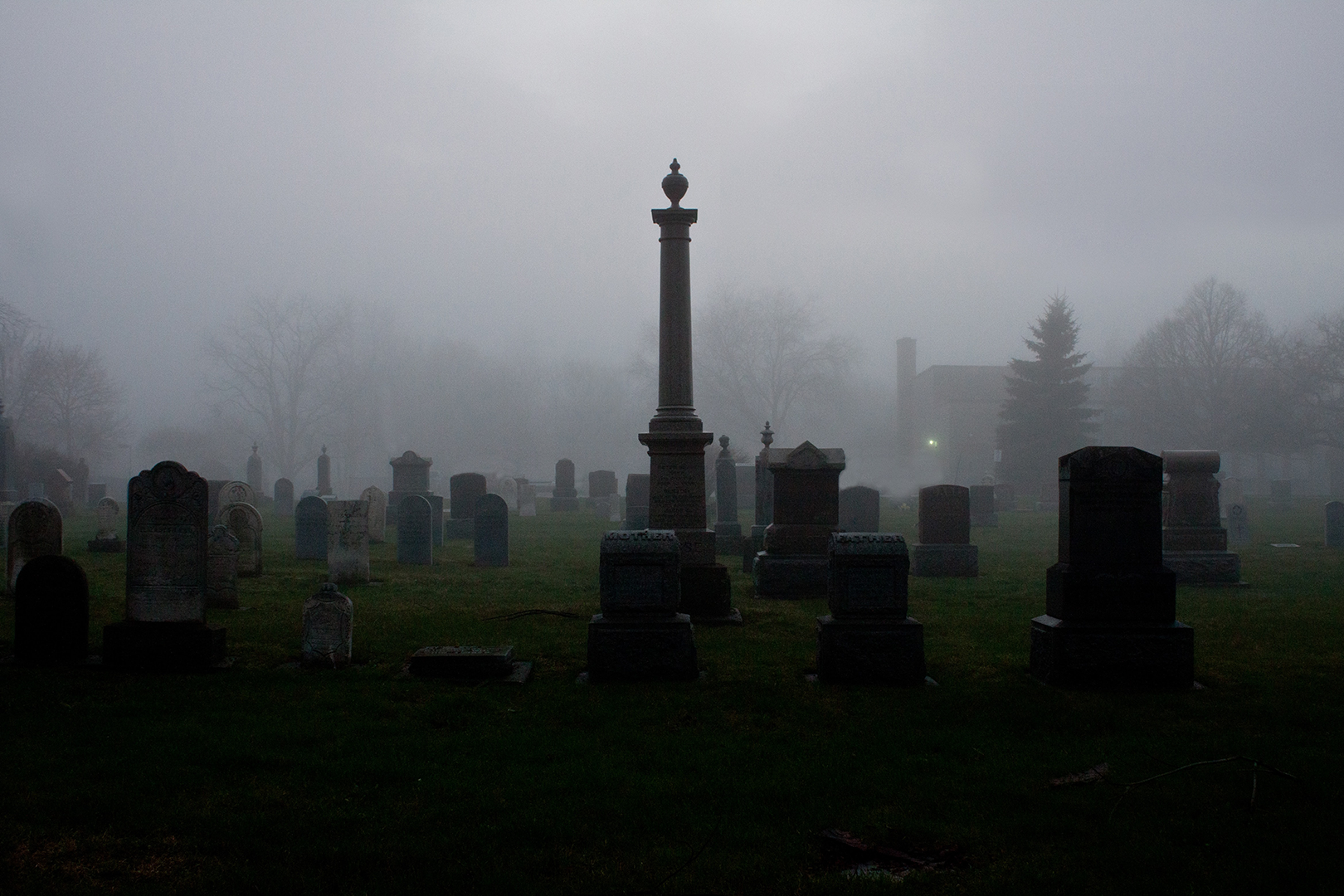Social Movement Poster - “Karoshi”
This project centers around the social movement of the Japanese term “Karoshi”, which translates to “worked to death”. While the term originated in Japan, China soon adopted it into it’s own lexicon. Whether it’s due to self advancement, marketplace demands, or organizational mandate the number of deaths from “over working” has been increasing.

Moodboard
With a selection in place on what to address, a mood board was created focusing on presenting the dynamics of both traditional and pop art of the Far East. The use of bright colors & their friendly aura was a great contrast to the heaviness of “Karoshi”, the initial plan was to blend this bright Japanese pop art style with the more calming and serene styles of Japanese & Chinese traditional art. However one of the traditional art pieces caught my eye, the mountains in the background shared similar form and structure to that of modern day buildings.
The Traditional Perspective
Mu Yuan’s 13th Century piece titled, “Dancing and Singing (Peasants Returning From Work)” had a great composition to build off of, the somewhat rectangular moutain peaks could be morphed into modern day buildings. The forest and temple in the middle provided a nice pivoting point for introducing a potential graveyard as it is sandwiched between two negative space areas. However the icing on the cake lied in the title and meaning of the piece.
“Dancing and Singing (Peasants Returning From Work)” shows the insight to what was important for 13th century China. Simple peasants of the Chinese mountains danced and sang as they returned from work. The painting captures the mood of the workers coming from one world and traversing with joy towards that which was most important, home & family. The narrative from the Song Dynasty era rests firmly as a direct polarization to present day China, and because of this it became the perfect piece to build off of.




Back to the Future
Bringing in photographs and imagery, the idea was to highlight and accent the masterpiece that was already there. Using layers, removing backgrounds, and taking advantage of the stamp tool, quite quickly started terraforming the mood of this piece into alignment with the “Karoshi” movement. The next step lied in finding an organization of which this poster could be from.
The China Labor Bulletin, is a non governmental organization that actively chooses to engage on behalf of the Chinese workers. Based out of Hong Kong, the organization keeps track of the government’s unions and ensures the facts are shared not only with the workers but also internationally, The piece was coming together, however there lied a slight issue.
Cultural Continuity
The rough draft had “Karoshi” written in Japanese across the top, however the focus of this piece was that of China. The lettering I constructed in Japanese most likely would rub some fur the wrong way, for China and Japan don’t have the most amicable of relationships. Getting on the web I found “Guo Lao Si” which is the Chinese version of “Karoshi”, with the help of references I recreated this and swapped it for the Japanese I had constructed. The piece now had conformity.
The Final Hour
The vertical stacking of the Chinese letters and the inclusion of the “China Labor Bulletin’s" logo to the side referenced the red stamp and layout of the original. Compared to the rough copy (above) the characters take up far less space and honor the traditional compositional method over the modern day over sized headline copy.
Placing the slumped, lifeless office worker behind the path with the dancing peasants shows the dynamic tension between the different era narratives. The graveyard sitting in the middle seems to cast a heavy miasma of binary code down to the lifeless worker.
The final piece came together well, the successful integration of modern with traditional provided a great learning experience.




